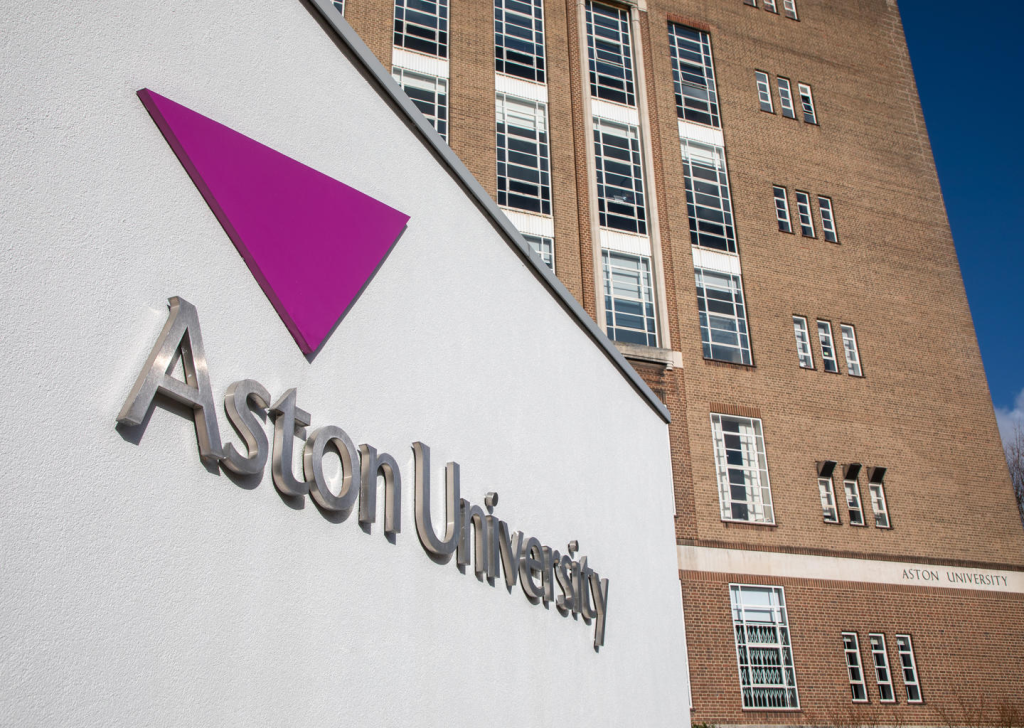
There’s perhaps nothing more exasperating than dealing with a sluggish internet connection. However, researchers from Aston University might have just eradicated that frustration once and for all. A groundbreaking method has enabled scientists in the UK to transmit data a staggering 4.5 million times faster than typical broadband speeds, establishing an unprecedented world record.
In collaboration with the National Institute of Information and Communications Technology in Japan and Nokia Bell Labs in the United States, Aston University researchers achieved an astounding data transfer rate of 301,000,000 megabits per second using conventional optical fiber. This monumental achievement dwarfs the average broadband performance in the UK, clocking in at a mere 69.4 megabits per second. Even in the United States, where average download speeds are higher at 242.4 Mbps, this breakthrough still represents a leap of over a million times faster.
Aston Digital Futures Institute:
https://www.youtube.com/watch?v=tqIYRKfxwIs
The feat was accomplished by harnessing new wavelength bands previously untapped in traditional fiber optic systems. These novel wavelength bands can be likened to “different colors of light being transmitted down the optical fiber.”
According to Ian Phillips, a researcher at Aston University, “Broadly speaking, data was sent via an optical fiber like a home or office internet connection. However, alongside the commercially available C and L-bands, we used two additional spectral bands called E-band and S-band. Such bands traditionally haven’t been required because the C- and L-bands could deliver the required capacity to meet consumer needs.”
Aston University developed an optical amplifier that enables data wavelengths to operate within the E-band, which researchers assert is approximately three times wider than traditional wavelengths utilized for data transmission. Prior to this breakthrough, no one had successfully replicated E-band channels in a controlled manner.
What makes this solution remarkable is that it doesn’t necessitate the deployment of new infrastructure to significantly enhance internet speeds. Instead, it has the potential to unlock substantially faster internet speeds through existing fiber cables.
This breakthrough could potentially revolutionize internet speeds for users across the board. If widely implemented, this new and accelerated internet could provide access to reliable internet for the tens of millions of Americans currently lacking it. For everyday internet users, it could mean near-instantaneous downloads of movies and large files. And for large businesses and technology researchers, it could dramatically expedite development speeds, catapulting innovation to new heights.










Leave a Reply